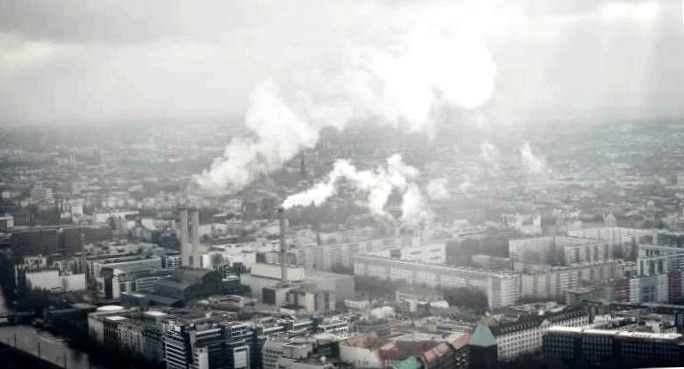Climate heat: global methane emissions on record high

Global methane emissions have risen to a record high in recent years. In 2017 alone, nine percent gave more methane into the atmosphere than average in the years of the same period between 2000 and 2006. Rainy growth rates of the methane concentration in the air agree with dramatic climate scenarios, in which the earth expects to be three to four degrees by the end of the century.
This is from the second edition of the global methane budget, which has recently been published as the main report together with separate additional analyzes. According to the update for the four-year-old first report of the project, regions in tropical broadlands such as brazil, sudasia and sudostasies have the large proportion of increasing methane emissions, followed by regions in northern medium sectors such as the us and china. Europe is the only region worldwide in which the exhaust.
Main cause fossil fuels
The global increase in highly effective greenhouse gas ch4 goes primarily to the use of fossil fuels, according to the study, especially the use of fossil fuels. By far, emissions from agriculture and the waste sector. The methane duties discussed in siberia in a young time because of the brande in siberia have not left no visible signal against other wetlands.
Methane is considered the gas with a significantly stronger embracing effect on the climate as co2. Emissions come from natural processes such as volcanic activities, smopping or permafrost floor. But about 60 percent go to the account of people. Around these sources about the benefit of fossil energy carrier and biomass, livestock and rice cultivation.
Methane concentration tripled
That "global methane budget" acts under the roof of the project "global carbon budget", the terms of co2 emissions and with its associations also investigated the global developments of the three most relevant climate gases for greenhouse gases methan and lachgas (n2o). The concentration of methane in the atmosphere is from pre-industrial 694 ppb (parts per trillion, "parts per billion") on 1875 ppb risen last year.
After almost a decade with stable values in the atmosphere since the mid-1990s, these climbed up since 2007 and have been particularly strong since 2014; currently with eight to twelve ppb per year. The causes for the break and the negative consequential development give scientists still on the ratsel. The world climate ipc deals with its 1.5-degree special report meanwhile, meanwhile, methane emissions by 2050 in 2010 must be 35 percent lower if the objectives of the paris agreement are to be achieved.
Natural influence lower
In the current calculation, some methane sources, such as the natural wetlands due to recent data, revised significantly by about 35 million tonnes per year, the potsdam atmosphere physicist torsten sachs. Other areas such as sub-water okosystems had to be corrected upwards.
Since methane with only about nine years has a much smaller residence time in the atmosphere than co2, fewer emissions could "achieve an effect relatively quickly", weib sachs. Less optimistic voice him that the us government lasted many editions again, which "have limited the flaring or degassing of methane in the ol- and gas industry and generally minimized leaks in the infrastructure".
Development towards slightly jerked methane emissions in europe is good, but does not quite enter the global contribution of the population living there, there is other butz from the institute for environmental physics of the university of heidelberg. Ausstobe, which is caused by the purchase of fossil fuels in russia or the middle east and beef from sud america, were not credited to the europe. There is also there "a lot of potential", direct ch4 emissions to reduce the coal, gas and olf demand in eastern europe.
